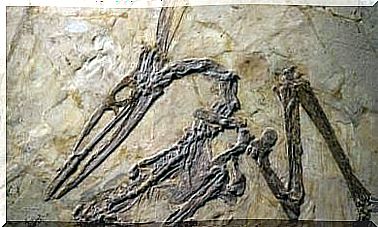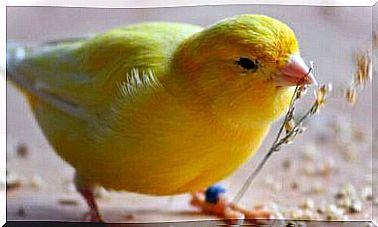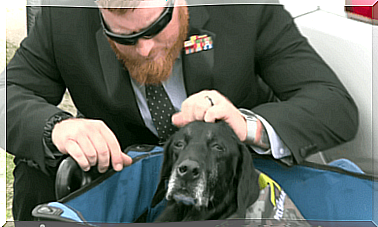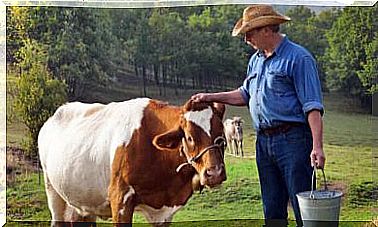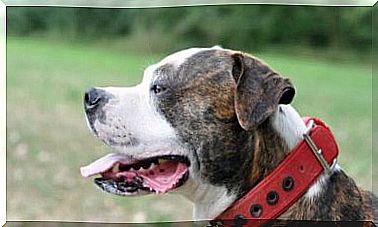Curiosities About The Dog’s Paws
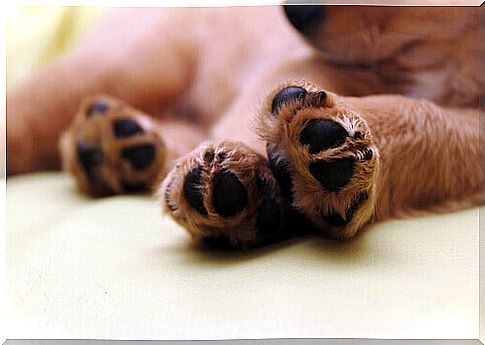
To understand what our dog is communicating to us, it is normal to interpret the expression of the eyes, the movement of the ears or the tail. Did you know that other parts of his body can also give us a lot of information ? Here are some curiosities concerning the dog’s paws.
Whether they are sleek and elegant, athletic or squat, your dog’s paws are an important source of information, as well as a fascinating demonstration of adaptation to the environment.
How are dog paws made?
The dog’s front feet are made up of five parts. Although it is not essential to know them by heart, it is good to know that in the front foot we find:
- Claws or nails
- Digital pads, the softest part of the fingers
- Metacarpal pad, corresponding to our palm
- Spur or fifth toe
- Carpal pad, the “extra” pad present in the front legs, which acts as a brake.
The dog’s hind legs are different from the front ones. They consist of the femur, tibia, fibula, tarsus (heel bone), metatarsus (bone located between the tarsus and phalanges) and phalanges.
The front legs are composed of humerus, radius, ulna, carpus, metacarpus and phalanges of the fingers.
In addition to these bones, the dog’s paws are made up of skin, tendons, ligaments, muscles, connective tissue and veins.

The function of bearings
Both the pads located at the height of the fingers and the metacarpal pad are used by the dog to cushion blows and falls, protecting the bones and joints of the paw. The carpal pads act as a brake and keep the animal balanced on slippery slopes.
The central pads, located in the sole of the paw, are made up of adipose tissue, which insulates the inner layers of the paw from heat. For this reason, the dog can tolerate hot surfaces more than us; but be careful anyway, otherwise your dog risks burns or painful ulcers.
Curiosities about the dog’s paws
The paws of dogs have a peculiarity: when the animal comes into contact with a cold surface, the blood inside the paw also cools. To avoid frostbite, the blood is transferred to other warmer areas of the body.
This trait has led scientists to think that dogs evolved in colder climates before moving to more temperate areas.
In addition, the skin on the paw is much thicker and rougher than anywhere else on the body, and protects the dog when walking on uneven and bumpy surfaces. The softness of the pads depends on the type of ground the dog usually walks on.
Nevertheless, and even if the pads were to have calluses, this continues to be a sensitive area of the dog: through the skin of the paws, the animal obtains a lot of information from the ground.
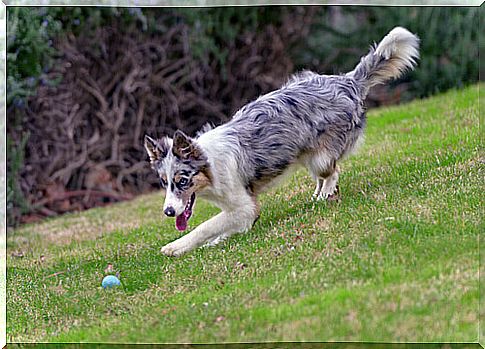
The dog’s paws also contain sweat glands, which allow it to perspire. This is one of the ways it uses to regulate body heat.
Spurs are sometimes surgically removed, but opinions on the need for this surgery differ. Spurs are thought to be what remains of the thumbs; there are those who claim that dogs use them when digging and when pulling, as well as providing them with a better grip on objects to chew. According to other specialists, however, they are useless.
Be that as it may, the paws are a real treasure for the dog, and there is never enough attention that needs to be paid to this part of the body, as well as the skin, coat and teeth.


